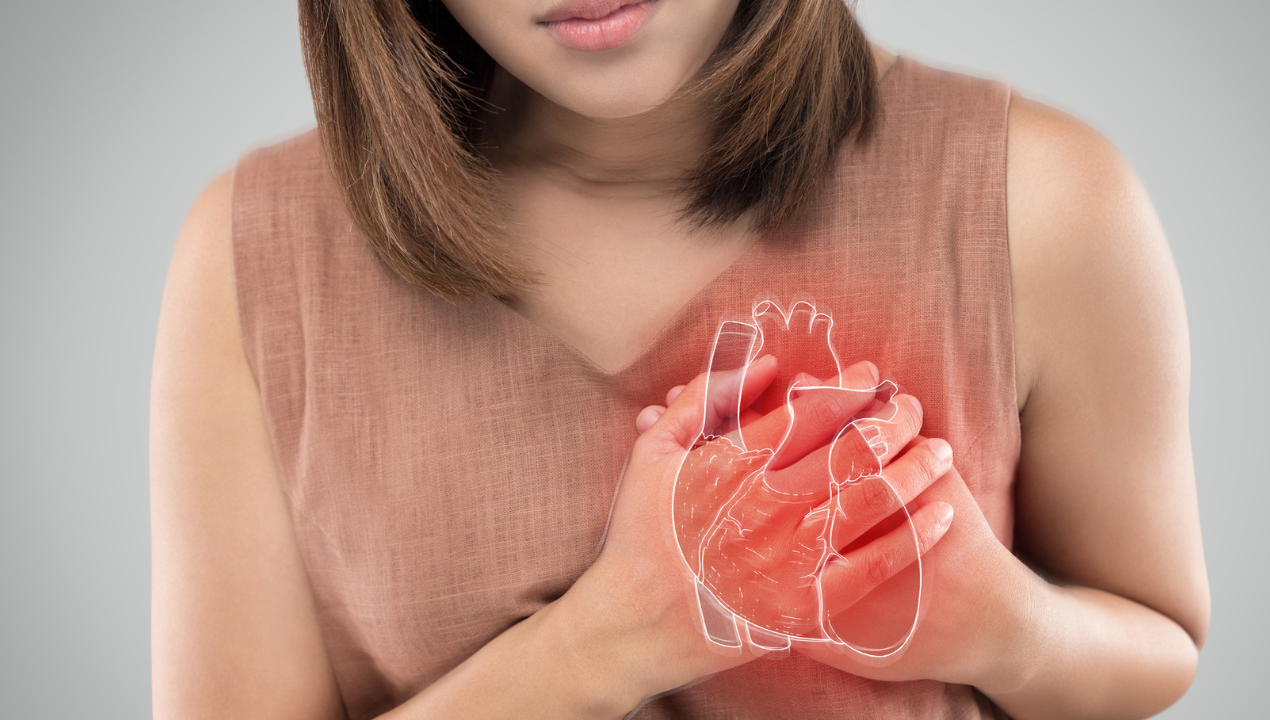3 min read
Colorectal Cancer Month
Colon Cancer: Is It Time for You to Get Screened?Amy Bruno, PhD-ANP-BC March is Colorectal cancer awareness month. The National...

Women & Heart Disease
Mona Williams-Gregory, PhD, DNP, ACNP-BC, PMHNP-BC
Although it is well known that heart disease is a leading cause of death, many do not recognize that in women, it is the number one killer1. It is important for healthcare providers to be abreast of the unique risks and challenges associated with heart disease in women. Hypertension is a major risk factor for heart disease. Hypertension is underdiagnosed in women and 23% of women with hypertension have inadequate blood pressure control1. Although family history of heart disease is a determinant of heart disease for men and women, family history is a greater risk factor for the development of heart disease in women3. Women undergo changes across the life cycle that increase their cardiovascular risk. Pregnant women who have hypertension, preeclampsia, or gestational diabetes have a higher risk of developing heart disease later in life1, 2, 3. The hormonal changes associated with menopause accelerate the risk of small vessel heart disease in women1, 3.
As healthcare providers we recognize that the classic signs associated with acute myocardial infarction may not be present in women. Women with heart disease may be asymptomatic1. Those with symptoms tend to have vague, nonspecific symptoms like nausea, shortness of breath, abdominal pain, dizziness, and fatigue1, 3.
Although women are more likely to present for treatment of suspected heart disease than men, up to 50% of women report that the healthcare provider did not associate their symptoms with heart disease3. Evidence suggests that women are treated less aggressively when they report to the ED with complaints of chest pain; especially young women and women of color4. Even though aspirin and statins have demonstrated efficacy in treating heart disease, they are less likely to be prescribed to women than men3. Despite well-established benefits, women are less likely to be referred to cardiac rehabilitation than men3.
The reasons for these disparities are probably multifactorial. There may be an element of gender bias, women may verbalize their symptoms differently than men, and underrepresentation of women in clinical trials may impact clinical practice.
Although there is no quick fix here, Nurse Practitioners can educate patients about the nuances of heart disease in women. It is especially important to empower women through education so they understand the vague symptoms of heart disease and can be active healthcare participants who are comfortable advocating for themselves. It is also critical to educate women on the significance of clinical trials. Greater representation of women in clinical trials may increase awareness and foster the development of treatment strategies for women with heart disease.
1. CDC (2023). Women and heart disease. https://www.cdc.gov/heartdisease/women.htm
2. AHA (n.d.). Go red for women. https://www.goredforwomen.org/en/about-heart-disease-in-women/facts
3. Mayo Clinic (2022). Heart disease in women: Understand symptoms and risk factors. https://www.mayoclinic.org/diseases-conditions/heart-disease/in-depth/heart-disease/art-20046167
4. Gordon, D. (2023). Why don’t women get the same treatment for heart disease as men? Healthy Women. https://www.healthywomen.org/condition/heart-disease-in-women-treatment
5. NIH (n.d.). NIH Inclusion Outreach Toolkit: How to engage, recruit, and retain women in clinical research. https://orwh.od.nih.gov/toolkit/recruitment/history
3 min read
Colon Cancer: Is It Time for You to Get Screened?Amy Bruno, PhD-ANP-BC March is Colorectal cancer awareness month. The National...
2 min read
Impacting Local Community HealthBy: Terri Schmitt PhD, APRN, FNP-BC, FAANPExecutive Director, NPACE When I think of U.S. healthcare...
2 min read
Watching the Science of Health Advance: The Joy of Years in PracticeBy: Terri Schmitt PhD, APRN, FNP-BC, FAANPExecutive Director, NPACE